10 Machine Learning Algorithms Simplified with Real-World Analogies
Machine learning often feels complex and abstract, making it challenging for newcomers to understand its real-life applications. Yet, by relating these algorithms to familiar scenarios, we can bridge the gap between theory and practical understanding. To help make machine learning more approachable and actionable, let’s explore 10 popular algorithms using relatable analogies.
If you’re eager to learn how to apply these techniques effectively in real-world situations, the AI & BI Master Program is designed for you. This program offers hands-on experience, professional guidance, and practical applications, enabling you to confidently make data-driven decisions. Keep an eye out for how you can enroll in this program as we dive into each algorithm.
1. Linear Regression
Linear regression is a supervised learning algorithm that finds the best-fitting line through data points to predict a target variable based on one or more features. It minimizes the difference between actual and predicted values.
Real-World Analogy:
Imagine you're a gardener trying to determine the ideal amount of fertilizer for plant growth. By plotting the fertilizer amounts against the corresponding growth, you can draw a line through these points to predict future growth. This is much like using linear regression to forecast outcomes based on input data.
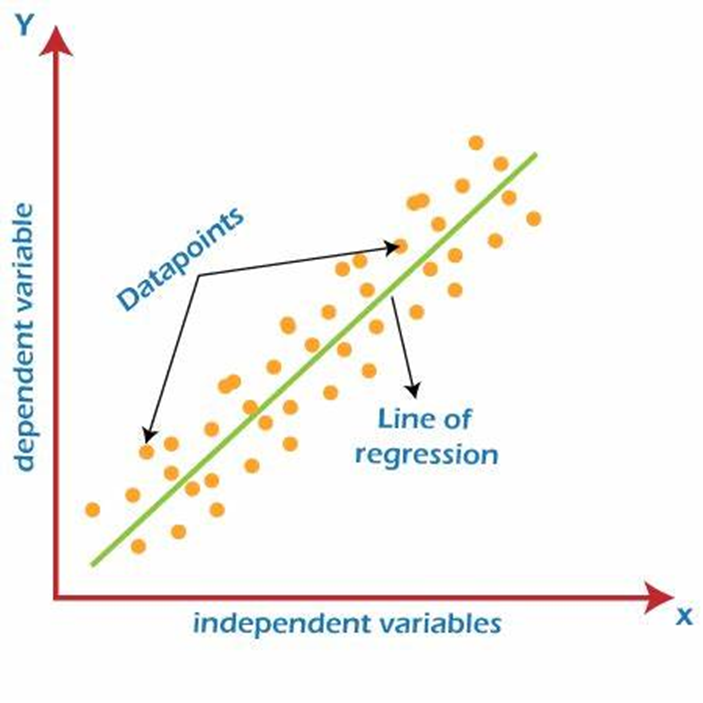
2. Logistic Regression
Logistic regression is a binary classification algorithm that estimates probabilities to classify data into one of two categories, such as “yes or no.”
Real-World Analogy:
Think of a talent show judge assessing contestants. Based on factors like uniqueness and performance, the judge must choose if a contestant moves forward. With only two choices—pass or fail—the judge evaluates each performer, similar to logistic regression in binary decision-making.
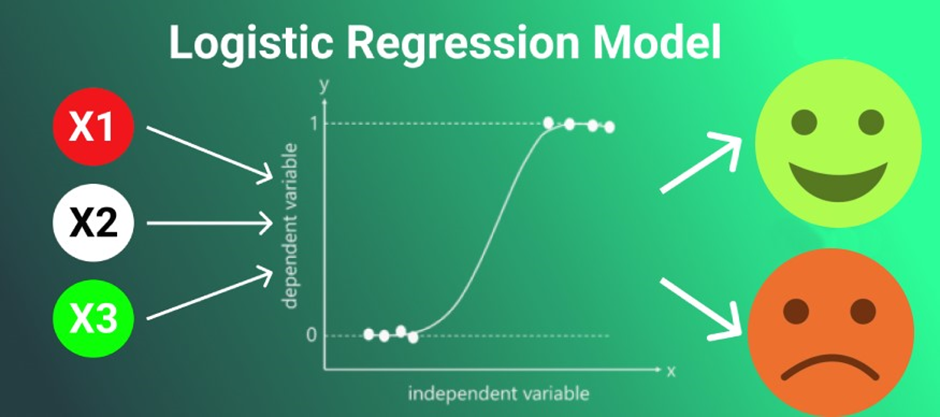
Ready to dive deeper? Through the AI & BI Master Program, you can explore not only logistic regression but also how to use it effectively for various business needs, enabling you to make classification decisions with confidence.
3. Decision Tree
A decision tree algorithm splits data into branches based on feature values, creating a tree-like structure for guided predictions. Each node represents a decision point, narrowing down options.
Real-World Analogy:
Think of the game "20 Questions," where each question reduces the number of possibilities until you find the answer. A decision tree operates similarly, asking questions at each level to reach a final decision, making it ideal for structured data classification.
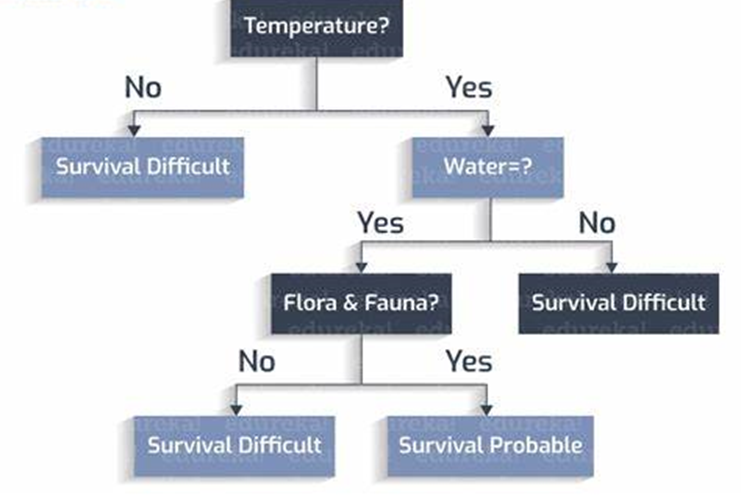
4. Random Forest
Random forest is an ensemble method that uses multiple decision trees for stronger predictions. By combining results from several trees, it provides a more accurate outcome.
Real-World Analogy:
Picture a business committee making a decision on a new project. Each member offers their opinion, and the group combines these perspectives to make a final choice. This ensemble approach is exactly how random forest operates.
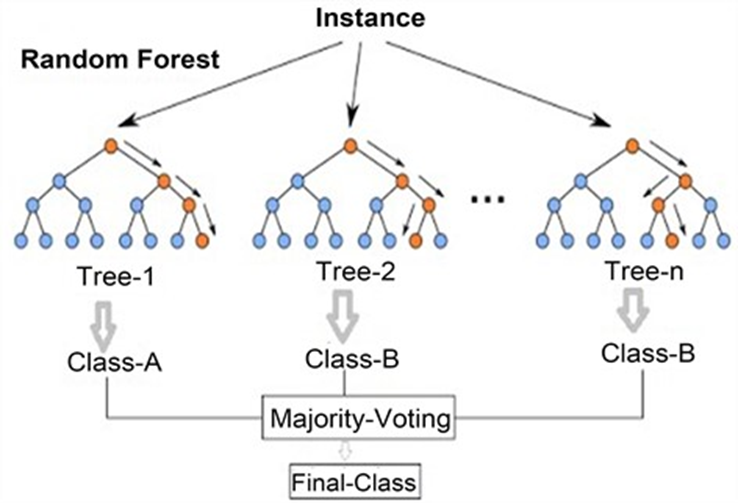
5. Support Vector Machine (SVM)
SVM is a classification algorithm that draws a boundary (hyperplane) to separate classes with the maximum possible distance between them.
Real-World Analogy:
Imagine a sports stadium divided by a visible barrier between two rival fan groups. When a new fan arrives, they’re seated on the correct side based on their team. SVM similarly categorizes data by creating distinct boundaries.
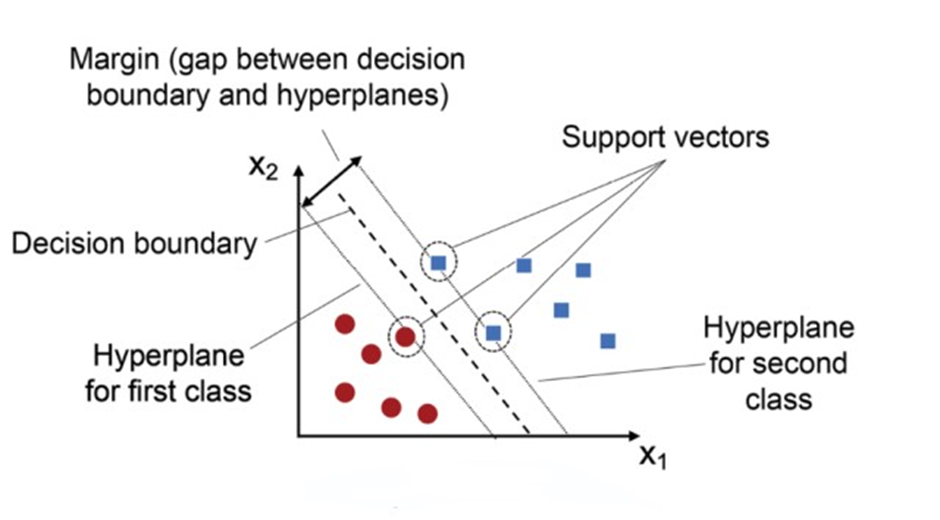
6. Naive Bayes Algorithm
Naive Bayes is a classification algorithm based on Bayes’ Theorem, assuming feature independence to compute probabilities and classify data.
Real-World Analogy:
Consider your email spam filter, which flags messages containing specific words like “free” or “limited offer.” These keywords indicate spam, even without context, just as Naive Bayes assesses features to make quick classifications.
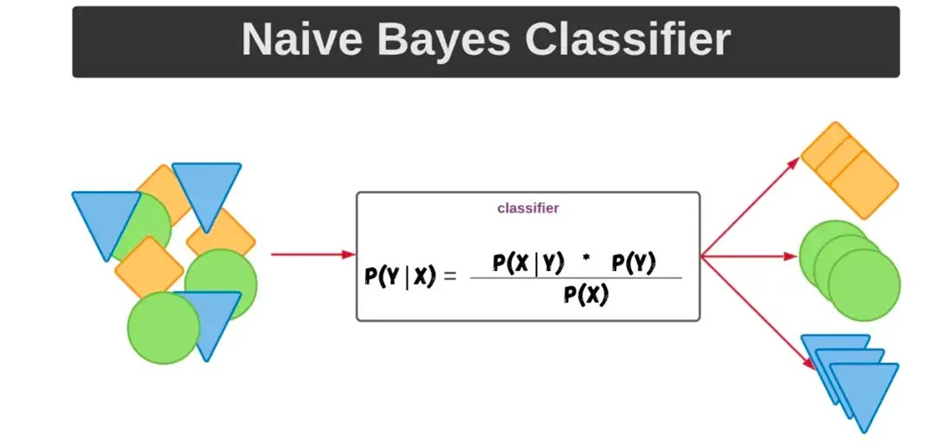
7. K-Nearest Neighbors (KNN)
When choosing a new restaurant, you might ask friends for recommendations and select the one KNN classifies data by examining its closest neighbors, assuming that similar points are grouped closely together.
Real-World Analogy:
When choosing a restaurant, you might ask friends for recommendations. Each friend votes, and the restaurant with the most votes wins. KNN works on this voting principle, categorizing data based on its nearest neighbors.
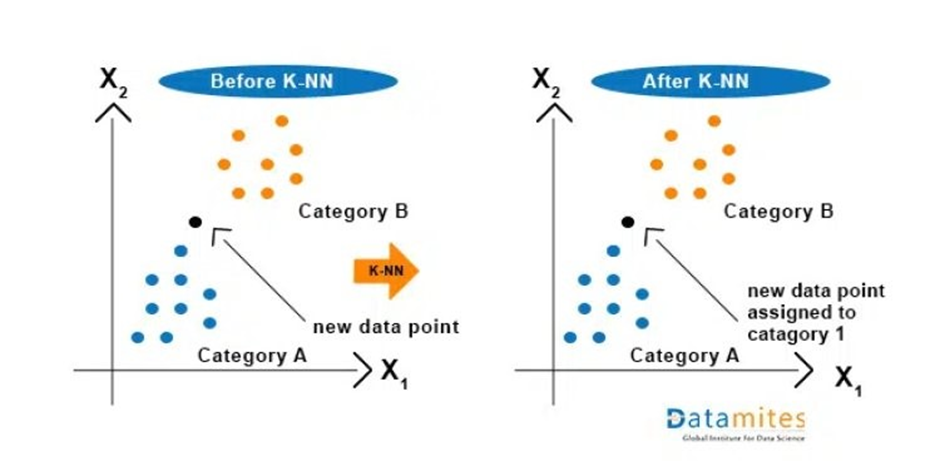
Curious to see KNN in action? The AI & BI Master Program provides hands-on experience with algorithms like KNN, helping you make informed decisions based on proximity and relevance within your data. Learn how to identify patterns and gain practical insights.
8. K-means Clustering
K-means is an unsupervised algorithm that clusters data into groups by assigning each point to the nearest of K centroids, repeating this process until the clusters stabilize.
Real-World Analogy:
Imagine organizing a book club into groups based on shared reading interests. Initially, members are randomly assigned, but over time they adjust into like-minded groups—similar to how K-means iteratively reassigns data to clusters.
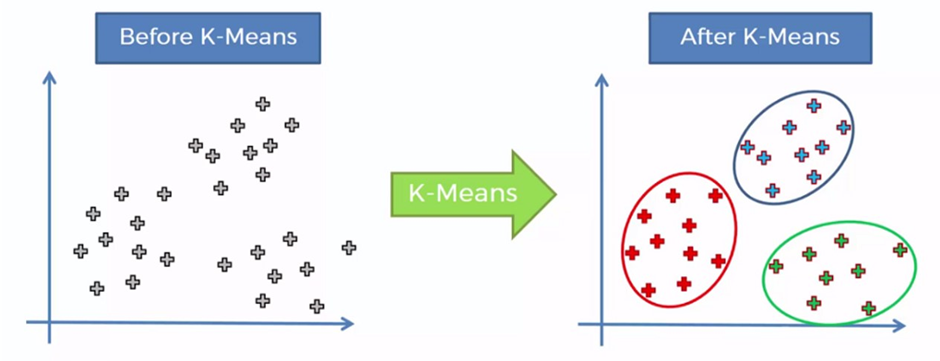
9. Principal Component Analysis (PCA)
PCA is a dimensionality reduction technique that simplifies data by identifying its key components, making it easier to analyze without losing important information.
Real-World Analogy:
Packing for a trip involves prioritizing essentials. PCA similarly reduces data complexity by focusing on critical features, making analysis more manageable.
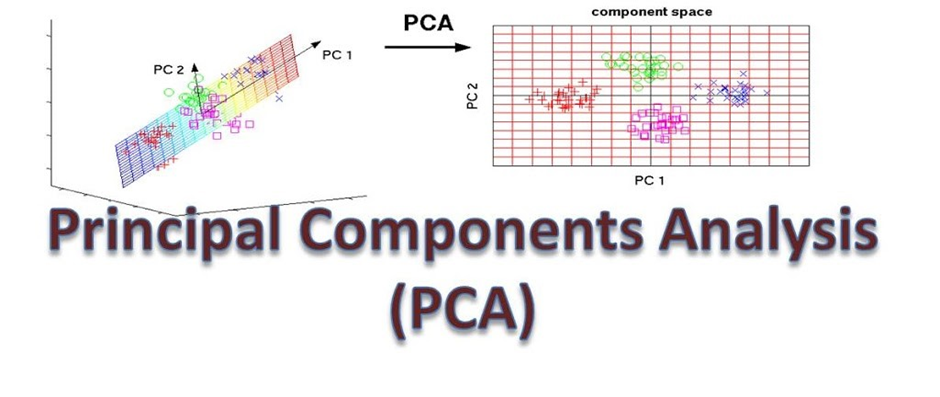
10. Gradient Boosting
Gradient boosting is an ensemble technique that builds a series of models, each improving on the errors of the previous one, enhancing the algorithm’s accuracy.
Real-World Analogy:
When studying a difficult subject, you may take practice tests to assess your weaknesses. After each test, you focus on areas needing improvement, gradually boosting your overall score—just like gradient boosting improves predictions.
Want to go from theory to practice? Join our AI BP Program and gain hands-on experience with these algorithms, applying them to solve real-world problems. From understanding the basics to building projects, the AI BP Program offers an interactive learning journey tailored to your goals.